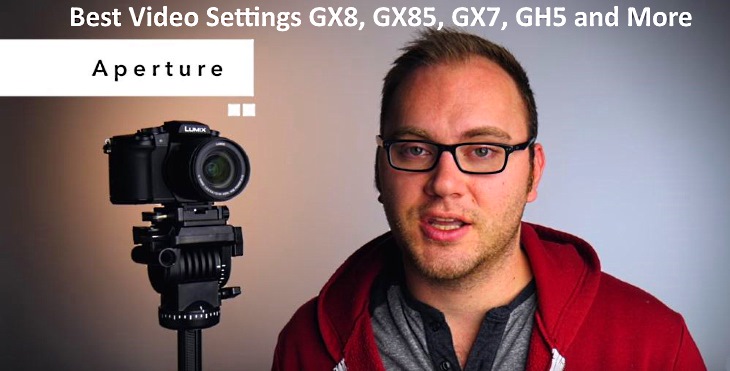
Best setting for making great video on your Panasonic mirrorless camera. This will work with most cameras for reference. He is using a LUMIX G85 but this applies to GX85, GX80, GX7, GX8, FZ2500, GH5, GH4, and many more.
Caleb Pike of DSLR Video shooter gives use this super breakdown on how to get different looks when filming with your Panasonic.
He helps with depth of field, blurring with frame rates, making your videos clear and sharp with fast frame rates and much more.
Explanation of the Settings:
The Shutter Speed:
This controls how Long light hits the sensor each second. Also controls motion blur effects.
Saving Private Ryan is a great example of how a fast shutter speed can be used for tension.
The Bourne movies are a great example of slow shutter speeds (when Jason is dreaming/remembering his past).
180 Degree rule explanation.
The Aperture:
This controls how MUCH light hits the sensor. Also controls depth of field or how much of the shot is in focus.
The ISO:
This controls the sensitivity (brightness) of sensor. Noise can be introduced at high ISO levels so try to avoid those.
Using These Settings to get desired effect:
1) Set shutter speed for desired look (180 rule is applied when I shoot most of the time)
2) Set aperture for desired depth of field.
3) Use ISO to make final exposure changes.
You can find Panasonic camera accessories here on the cheap.


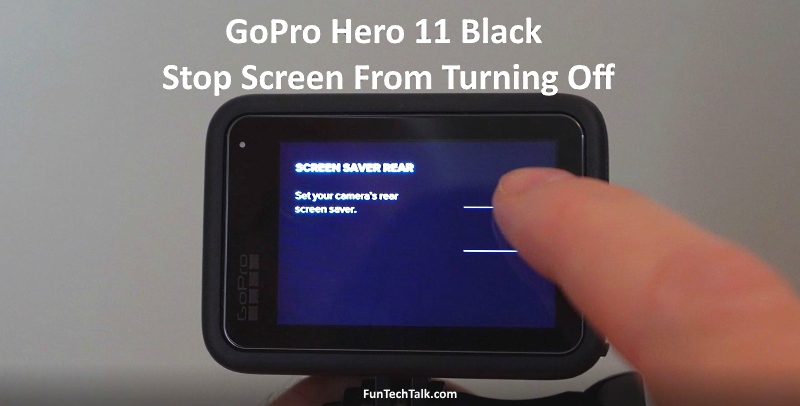
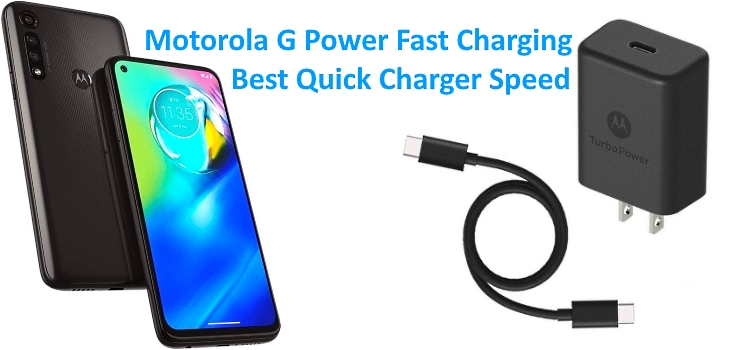
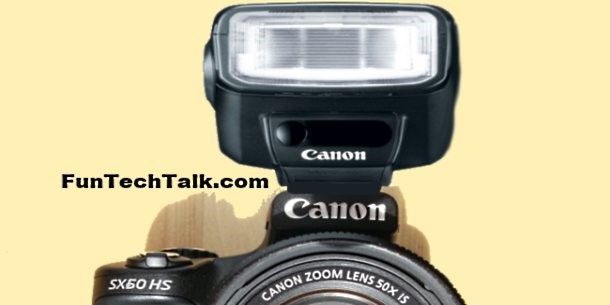


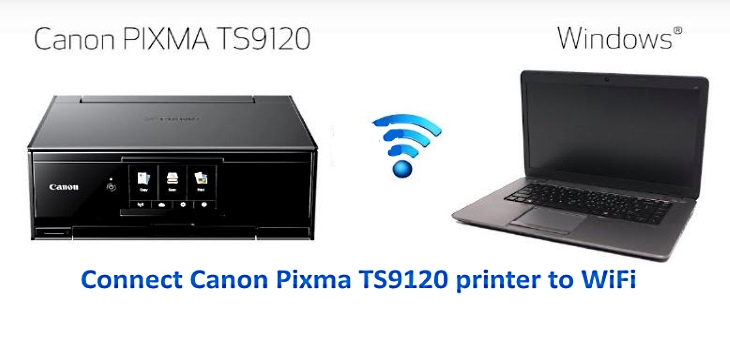
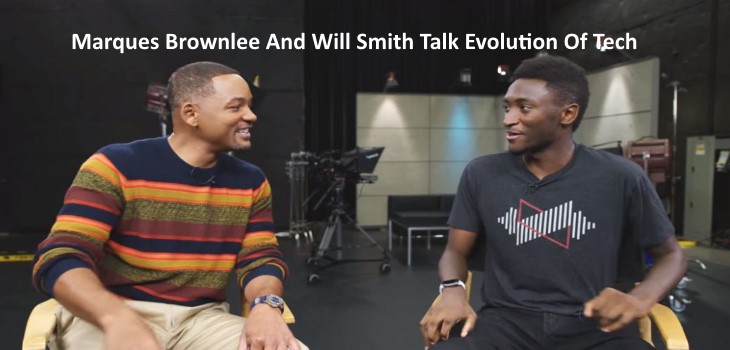
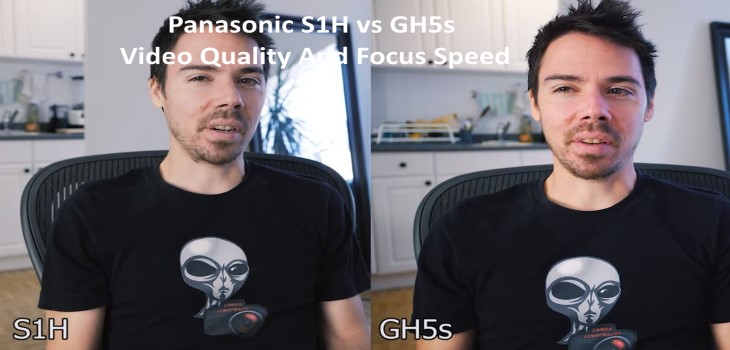
I’m shooting a GX85 and am encountering a weird problem. I have a custom setting for 4k video: 16:9, manual exposure, manual focus with peaking, highlights -3, shadows +2, AVCHD/FHD/24p, zebra on. Here’s the problem: with this setup there is no visible change in exposure when I change shutter speed, aperture, or ISO. For example, right now indoors at ISO 100, f8, 1/50, my camera indicator at the bottom of the screen, shows and underexposure greater than 3 stops. However, the video screen looks nice and bright with zebra stripes in light areas, and a short video clip plays back fairly bright. If I now adjust exposure to what the camera says is correct (+/- 0 on the exposure scale) by opening up to f4 and cranking the ISO up to 2000, there is no visible difference in exposure. It’s as if the camera is controlling the exposure somehow (despite the camera being in manual), and not telling me what changes it is making. When all the settings are the same except I switch to aperture preferred and set it to f8, I can use exposure compensation and see obvious changes on the screen and in resulting videos, and these changes appear to be driven entirely by shutter speed, as they should be in A mode. Any idea what’s going on?
Klink: I can not accurately explain this. There was a similar discussion in the DPReview forums a while back. Maybe this can help HERE. I wish I had more for you.
I have a GX85 and use the kit lens. With A,S, and M modes, I can’t get lower than 60fps shutter speeds shooting video. I often go down to 40 or 50fps on the shutter when in low light for slow moving scenes. And have had great results with the LX100 doing this at 1600 to 3200 ISO. With the GX85 however, it will not allow me to adjust shutter speed while shooting video in manual. Nor will it use the ISO settings that I select. Even when I set the ISO to crazy 25600, soon as I start the video, it goes back down to some unknown ISO value to keep the scene dark as shit. The only way I can boost exposure with the GX85 in A, S, Movie, C, and Ai, is to use the exposure comp adjustment, and crank it up to 2 to 3 stops. And by doing this, the camera cranks up the ISO and keeps the shutter at 60fps. In addition to these exposure restrictions in low light shooting, the video quality is very limited: because it’s 8 bit, 100mb bitrate there’s not much that can be done in post editing to remedy the crushed shadows and blown out highlights without degrading the overall video quality. Sure the GX85, it’s not a pro grade 4K or even a higher end consumer grade video camera, but neither is the LX100, and the LX100 allows for full manual control over the video shooting experience, and can get the shot right in the camera without limited exposure control. Anyway, If I could return the GX85, I would pay a little more for the G85 just to have full manual exposure control over the 4K video. Nevertheless, I’ll need to use my LX100 for low light video, and use the GX85 for daylight video and photos. Anyway, thanks for the insight on the G85. I should have got one of those over the GX85.
Fatklink: Not sure how to correct that issue. I will look into it more and if I find a solution I will add it here.
I think your issue here is very similar to one I encountered and figured out with the help of a friend. I too used “M” mode all the time, and would initiate video recording by hitting the little red button, reasoning that my “M” settings would carry into the video recording. Turns out that what happens here is the gx85 retains your filetype, aspect ratio and focus settings, but as soon as you hit the red button it (without telling you this) starts implementing aut-exposure! We tested and verified this by doing things like setting way-too-low ISOs for example and then looking at the displayed ISO for each file when in playback mode, In some cases despite setting ISO to 200 in a low light scenario, the resulting file was recorded with 3200 ISO, proving the theory. This also explained why in scertain instances I had very confusing video results, for example, I would set a relatively closed aperture for a moving shot to keep more thigs in focus, then shoot it, and then be angrily confused as to why I had (in the resulting video) a shallower DOF than I wanted…it’s because the camera, even though in “M” mode on the dial, was overriding my ISO and F-stop settings ((once red button was pressed) to do what it thought it had to do to correctly expose!
SOLUTION:
I felt like a dummy for not noticing this before, but you CAN go to full manual in video as well…just use the actual video mode on the dial (which I had ignored, reasoning that I would use “M” photo setting and just hit red button for video.) and touch the icon on the screen in top left for the video mode, and set it to “M” IN VIDEO MODE. Then you achieve true, fully-manual control over video settings. I was disheartened to learn I had been mistaken for a long time, but am now happily at work re-learning all my manual exposure settings for video.
Thanks Jon for your comments. I watched this video because it ‘promised’ to explain controlling video settings on the Panasonic G85, which I have. But the actual camera wasn’t mentioned in the 12.5′ of basic explanatories, so the title was a bit misleading. Turns out all you have to do is tap the movie icon top-left of the screen when in movie mode, and voila, you get to choose the mode and control the settings.
Thanks again!